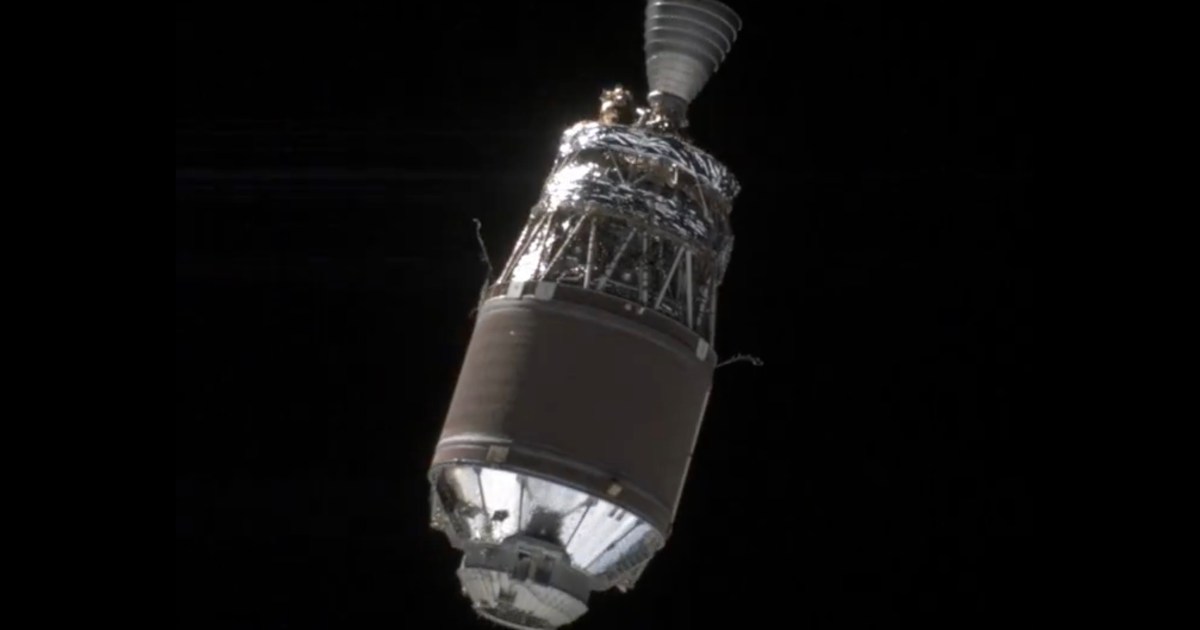
Orbital debris removal company Astroscale says it’s achieved a technical milestone for a commercial company by conducting the first-ever controlled fly-around of a large piece of space junk.
The Japanese company said that the maneuver, captured in a timelapse (below), will lay the groundwork for future orbital junk removal that will pave the way for a sustainable space environment.
📢 NEWS: Hey space debris, we're watching you from every angle! 👀
ADRAS-J has completed not one, but TWO fly-arounds of the upper stage, confirming the planned capture point has no major damage.
This milestone sets the stage for future removal and a sustainable space… pic.twitter.com/fHR9QXKPEq
— Astroscale (@astroscale_HQ) July 30, 2024
It also shared a wider angle:
A timelapse of space debris a day keeps the wonders of ADRAS-J on display. 🛰️🔍#ShowtheWayADRASJ pic.twitter.com/XX7lfUbAU8
— Astroscale (@astroscale_HQ) July 31, 2024
Astroscale’s Active Debris Removal by Astroscale-Japan (ADRAS-J) satellite circled the spent rocket upper stage, capturing images from different angles and in various lighting conditions while all the time maintaining a controlled fixed-point relative position of approximately 50 meters from the rocket part, which is about 11 meters long, 4 meters in diameter, and weighs around 3 tons. It’s been orbiting Earth ever since it launched an Earth-observation satellite for Japan in 2009.
“ADRAS-J is the world’s first attempt to safely approach, characterize, and survey the state of an existing piece of large debris through Rendezvous and Proximity Operations (RPO),” Astroscale said on Tuesday.
The exercise will enable scientists to accurately assess the movement and structural condition of the junk, with the captured data able to be used in a future mission involving another spacecraft that will catch and remove the object by nudging it toward an orbit that will cause it to burn up in Earth’s atmosphere.
Astroscale said that it in June it was one-third of the way through the flyaround maneuver when an unexpected attitude anomaly triggered an autonomous abort. As it is designed to do in such a situation, the satellite carefully moved away from the rocket part, demonstrating the effectiveness of its on-board collision avoidance system. ADRAS-J later approached the upper stage again and achieved two successful fly-around observations.
With satellites and space junk in low Earth orbit traveling at around 7 to 8 kilometers per second, it’s a huge challenge to successfully approach, orbit, and gather data from such an object. But Astroscale believes its achievement is a significant step toward beginning the mammoth task of clearing low-Earth orbit of large and hazardous pieces of space debris, which besides spent rocket parts also comprise decommissioned satellites and fragments of objects.
The growing problem of space junk in low-Earth orbit was brought into sharp focus just recently when astronauts aboard the International Space Station (ISS) were forced to take shelter in their docked spacecraft after a piece of debris was spotted heading toward the orbital outpost. Fortunately, a direct hit didn’t happen, and the astronauts could safely resume their duties.
Services Marketplace – Listings, Bookings & Reviews
